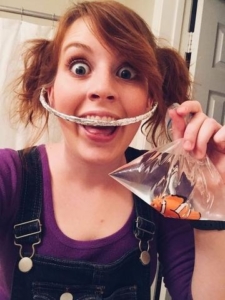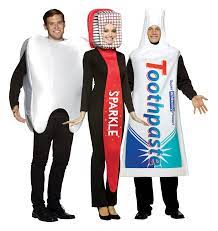Bulimia, how it harms your teeth.
How Bulimia Harms your teeth
Bulimia teeth typically look worn in ways that healthy teeth do not. The back sides of the front teeth show significant wear and tear. This uncommon pattern is a major sign. It only takes 6 months to begin to see the negative effects of vomiting. Teeth can’t hold up under the damage of stomach acid forever, some may begin to yellow, become more brittle, or have a more porous texture. Chipping may also begin to occur at this stage.
This is because of your teeth’s regular exposure to stomach acids. These acids begin to corrode the protective enamel layer around your teeth. The more you purge, the more they come into contact with this delicate covering. The sugary foods that bingeing often involves can make tooth decay even worse. This can lead to tooth sensitivity to cold foods, warm foods, and sweets.
Not only does constant cycles of bingeing and purging harm your teeth, it also take a massive toll on the heart, digestive tract, and kidneys, to name a few.
Unexpected problems bulimia can cause
- Bite problems – back teeth are especially susceptible to long-term erosion, and patients could even lose them over time. Once this happens, your bite could become painful. This stage presents about 3 years into frequent vomiting.
- Gingivitis and periodontal disease – (almost inevitable) Stomach acid repeatedly washes against the gums, causing inflammation and damage. As the gums weaken, the teeth they hold can become loose or, in extreme cases, even fall out.
- Sore oral tissues – the skin in your mouth and throat can experience this wear and tear as well. This is particularly hard on the roof of your mouth and your esophagus as acid moves through. Painful sores can emerge, swell, or become infected, resulting in a chronic sore throat and aching mouth.
- Jaw pain – vomiting and binge eating put patients in a high risk category for chronic jaw pain, headaches, chewing issues, and snoring.
- Lower saliva production – This slower flow leads to higher instances of dry mouth.Stomach acid can irritate your salivary glands, leading to difficulty swallowing. Furthermore, the presence of saliva defends your teeth from decay. Its absence can worsen cavities already caused by erosion.
Seek Help
Dental work can only repair eroding teeth and other issues. It cannot reverse or stop the effects of bulimia. Your mouth and body will continue to suffer as long as this habit continues, so opt for long-term solutions as well.
Your teeth are incredibly important, but so is your well-being. There are resources available to you that will improve your health and relationship with eating. As dentists, we play one part in the whole story of restoring you back to the healthiest version of yourself.









